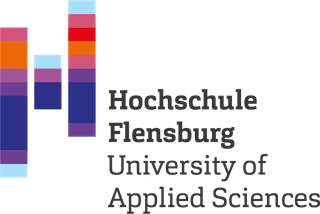Evaluating strategies for study selection in systematic literature studies
Bin Ali, N., & Petersen, K. (2014). Evaluating strategies for study selection in systematic literature studies. In Proceedings of the 8th ACM/IEEE International Symposium on Empirical Software Engineering and Measurement (S. 1–4).
